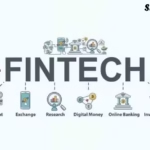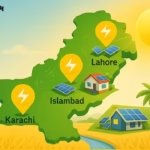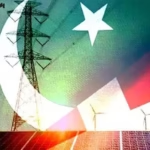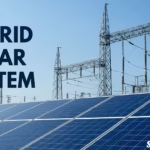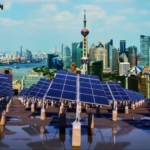Government Solar Energy Projects – In the face of persistent energy challenges and growing environmental concerns, Pakistan is strategically harnessing its abundant sunlight to power a sustainable transformation. Government-led solar initiatives are emerging as a cornerstone of the country’s energy policy, aiming to mitigate power shortages, reduce reliance on expensive imported fuels, and build climate-resilient infrastructure. This comprehensive article explores how Pakistan’s commitment to solar energy is not just keeping the lights on but also powering a greener, more sustainable future for its citizens.
Table of Contents
The Solar Imperative: Why Pakistan is Embracing Sun Power
Pakistan’s journey toward solar energy is driven by both necessity and opportunity. The country’s geographical location blesses it with over 300 days of sunshine annually and an average of 5-6 kilowatt-hours per square meter of solar radiation, creating ideal conditions for solar power generation . This natural advantage coincides with pressing energy needs – for decades, the electricity sector has been marred by chronic supply shortages, low electrification rates, unreliable power supply, and significant transmission losses .
The economic dimension further reinforces this transition. Pakistan has long depended on fossil fuels such as coal and natural gas, which are expensive and subject to global price fluctuations . This dependency has strained the economy and contributed to the circular debt plaguing the power sector. Additionally, as a country ranked among the top 10 most vulnerable to climate change impacts, Pakistan faces environmental imperatives to shift toward cleaner energy sources . Government solar projects represent a strategic response to these interconnected challenges, offering a pathway toward energy independence, economic stability, and climate resilience.

Major Government-Led Solar Initiatives in Pakistan
National Solar Energy Initiative
In response to rising energy costs and supply gaps, the Pakistani government has launched ambitious solar programs. While details of the specific nationwide initiative continue to evolve, the overarching goal remains clear: significantly increase the share of solar power in the country’s energy mix. The government aims to achieve 30% renewable energy in its power portfolio by 2030, with solar playing a pivotal role in this transition . These efforts include plans for large-scale photovoltaic (PV) plants, solarization of 11 kilovolt (kV) feeders, and increased installation of PV systems on public buildings .
Sindh Solar Energy Project
The Sindh Solar Energy Project (SSEP), supported by the World Bank, stands as one of the most prominent provincial initiatives demonstrating Pakistan’s commitment to solar energy. With a total project cost of US$105 million, including a World Bank commitment of US$100 million, the SSEP aims to increase solar power generation and access to electricity in Sindh Province .
The project comprises four key components:
- Utility-Scale Solar: Identification and development of publicly owned solar parks, including support for competitive selection of private sector developers through solar auctions .
- Distributed Solar: Procurement and installation of solar PV systems on public sector buildings .
- Solar Home Systems: Deployment of affordable solar home systems in prioritized areas with low or no grid access .
Notable under this project is the planned development of a 400 MW Solar Power Park in District Jamshoro, which represents Sindh’s first major utility-scale solar facility . The project also includes distributing 200,000 solar home systems in rural areas, dramatically improving electricity access for off-grid communities .
Solarization of Public Buildings
Across Pakistan, various initiatives are underway to install solar systems on public buildings, including schools, hospitals, and government offices. The Sindh Solar Energy Project includes a specific component for “Distributed Solar,” focusing on procuring and installing solar PV systems and associated energy management systems on rooftops and other available space on and around public sector buildings . Similar efforts are being replicated in other provinces, though at different scales, contributing to reduced electricity expenditures for public institutions and setting an example for commercial and residential sectors.
| Project Name | Scale | Key Components | Progress/Status |
|---|---|---|---|
| Sindh Solar Energy Project | Provincial (Sindh) | Utility-scale solar parks, distributed solar on public buildings, solar home systems | Active; 400 MW solar park in development; 200,000 SHS planned |
| Competitive Trading Bilateral Contracts Market | National | Market reform to enable direct solar power purchasing | Underway |
| Solarization of 11kV Feeders | National | Converting agricultural feeders to solar power | Planning/Initial stages |

International Partnerships and Support
Pakistan’s solar energy transition has been bolstered by strategic international partnerships that provide technical expertise and financial support. The World Bank has been instrumental in funding the Sindh Solar Energy Project, recognizing the potential for solar power to increase electricity access and generation in the province .
Similarly, the German government through GIZ (Deutsche Gesellschaft für Internationale Zusammenarbeit) is actively supporting Pakistan’s energy transition. The “Renewable Energies and Energy Efficiency” project aims to assist distribution companies in overcoming the challenges of increased renewable energy penetration . This includes developing renewable energy roadmaps, creating software to support the solarization of 11 kV feeders, and training PV technicians to accelerate net metering installation .
The associated Pakistan-German Renewable Energy Forum (PGREF) serves as an exchange platform for policymakers, research institutes, and experts from both countries, facilitating knowledge transfer and introducing German companies to the Pakistani market . These international collaborations bring valuable technical expertise and financial resources that complement domestic efforts to expand Pakistan’s solar energy capacity.
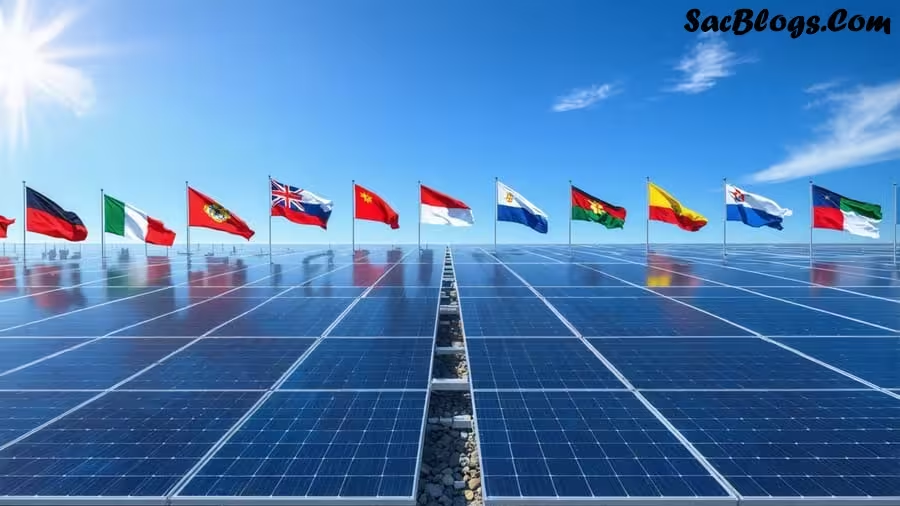
Policy Framework and Incentives
Pakistan’s government has developed a comprehensive policy framework to encourage solar energy adoption. The cornerstone of this framework is the Alternative Renewable Energy Policy 2019, which aims to fully integrate renewable energy into the country’s energy planning and achieve the target of 30% renewables by 2030 .
Key policy measures and incentives include:
- Net Metering Program: Introduced in 2015, this policy allows consumers to sell excess solar power back to the grid, significantly improving the financial viability of rooftop solar installations . The program has been instrumental in driving the consumer-led solar boom, with cumulative net-metered capacity reaching 5.3 GW by April 2025 – a nearly tenfold increase in just two years .
- Tax Incentives and Subsidies: Until mid-2025, the government exempted solar PV imports from duties and sales taxes, though a 10% General Sales Tax was recently imposed to incentivize domestic manufacturing . These financial incentives have been crucial in making solar systems affordable for consumers.
- Market Reforms: The government is transitioning from a single-buyer model toward a Competitive Trading Bilateral Contracts Market (CTBCM), enabling direct contracting between generators and large consumers to promote competition and efficiency .
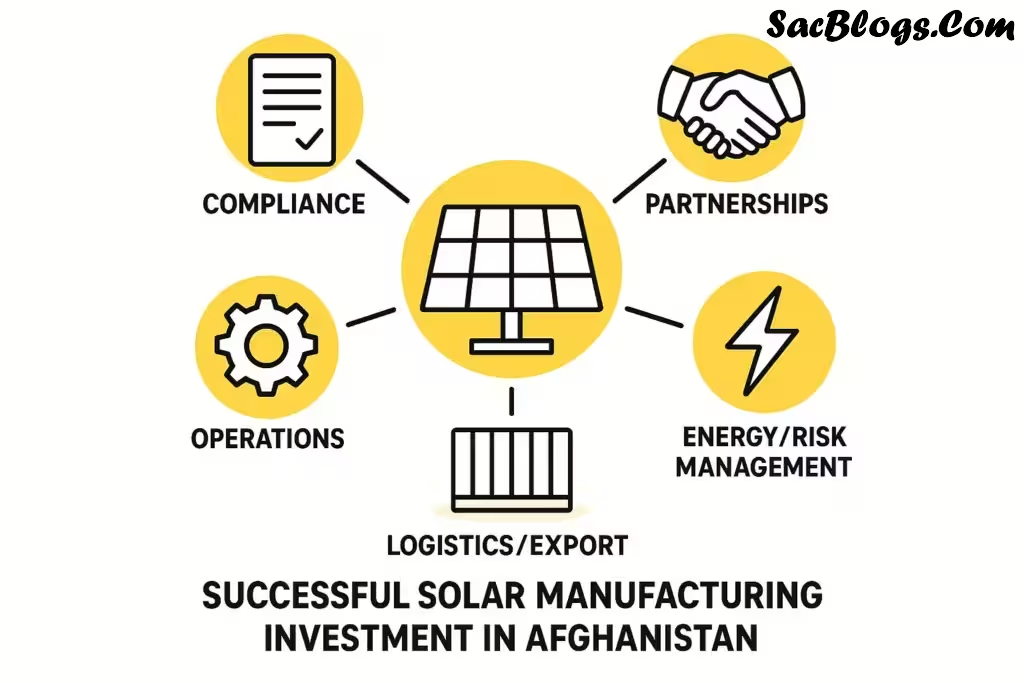
Socioeconomic and Environmental Impact
Job Creation and Economic Growth
The solar energy sector has become a significant contributor to Pakistan’s economy, creating thousands of jobs across the value chain. The industry supports various opportunities, from manufacturing solar panels to installing and maintaining systems, fostering economic stability and skilled workforce development . As the sector continues to expand, it is expected to generate even more employment, particularly for technical specialists and installation technicians.
Rural Electrification and Energy Access
Government solar projects are playing a transformative role in extending electricity access to remote and underserved areas. Off-grid solar systems offer a solution by providing electricity without needing a centralized grid, enabling people in remote areas to access reliable energy for the first time . The Sindh Solar Energy Project’s deployment of 200,000 solar home systems in rural areas exemplifies this benefit, bringing power to communities that have long lived without grid connectivity .
Environmental Benefits and Climate Resilience
As one of the countries most vulnerable to climate change, Pakistan’s shift to solar energy delivers crucial environmental benefits. By displacing fossil fuel-based generation, solar power helps reduce greenhouse gas emissions and contributes to the fight against climate change . This transition is particularly important for improving air quality in urban areas and reducing the health impacts associated with pollution from conventional power plants.
Reduced Energy Dependency
Solar energy development helps decrease Pakistan’s reliance on imported fuel sources, which has long been a drain on foreign exchange reserves and a source of economic vulnerability . By tapping into domestic solar resources, Pakistan can enhance its energy security and reduce exposure to global fossil fuel price fluctuations.
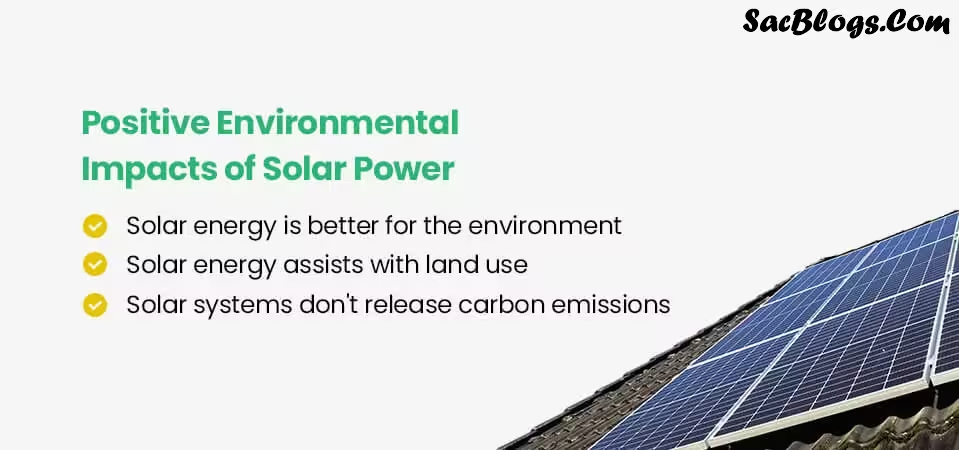
Challenges and The Way Forward
Grid Integration and Management
The rapid growth of solar power, particularly distributed rooftop systems, presents challenges for grid management. Utilities face technical difficulties in integrating intermittent solar power and maintaining grid stability . Addressing this will require investments in grid modernization, advanced forecasting tools, and potentially the deployment of energy storage systems to manage solar power’s variability.
Financial Sustainability
As more consumers adopt solar and reduce their grid electricity purchases, a regressive cost shifting occurs where fixed grid costs are increasingly borne by lower-income households that cannot afford solar installations . The government estimates that net-metered consumers shifted a burden of USD 563 million to other consumers by December 2024 . Solving this dilemma requires equitable tariff structures that ensure fair cost recovery while protecting vulnerable consumers.
E-Waste Management and Recycling
With the first wave of solar panels installed between 2010-2015 now approaching end-of-life, Pakistan faces an emerging electronic waste challenge . The country currently lacks dedicated solar panel or battery recycling facilities . Environmental experts emphasize the need for a “National Solar E-Waste Management Framework” with strong recycling legislation, formal waste collection systems, and producer responsibility frameworks to ensure solar energy remains truly sustainable .
Quality Standards and Technical Training
Maintaining quality control and building technical capacity represent additional challenges. As the solar market expands, ensuring that installed systems meet international standards and are maintained properly requires robust quality assurance mechanisms and comprehensive training programs for technicians.

Conclusion: A Bright Future Powered by the Sun
Pakistan’s government-led solar projects are fundamentally reshaping the country’s energy landscape, offering a sustainable pathway to address chronic power shortages, fuel import dependency, and environmental challenges. From massive utility-scale solar parks to distributed rooftop systems and rural solar home initiatives, these projects collectively represent a strategic pivot toward harnessing Pakistan’s abundant solar resources.
While challenges remain in grid integration, financial modeling, and waste management, the foundation for a solar-powered future has been firmly established. The continued commitment to policy refinement, international partnership, and domestic capacity building will determine the pace and effectiveness of this energy transition.
As Pakistan continues its journey toward a greener future, government solar projects will play an increasingly vital role in powering economic development, enhancing energy security, and building climate resilience. The success of these initiatives offers a template for other developing countries facing similar energy challenges and demonstrates how strategic investment in renewable energy can illuminate the path to a more sustainable and prosperous future.
Read Also: Renewable Energy vs Fossil Fuels – What’s Better for Pakistan’s Economy in 2026
Frequently Asked Questions
1. What is the overall goal of Pakistan’s government solar energy projects?
The primary goal is to increase solar power generation and access to electricity while reducing reliance on imported fossil fuels. The government aims to achieve 30% renewable energy in its power portfolio by 2030, with solar energy playing a pivotal role in this transition .
2. What are the main components of the Sindh Solar Energy Project?
The SSEP has four key components: development of utility-scale solar parks; installation of distributed solar systems on public buildings; deployment of solar home systems in off-grid areas; and technical assistance for implementation .
3. How is the government supporting consumers who want to install solar panels?
The government introduced a net metering program that allows consumers to sell excess solar power back to the grid. While there are considerations to adjust buyback rates, this policy has significantly improved the financial viability of rooftop solar installations .
4. What international organizations are supporting Pakistan’s solar energy transition?
International support includes the World Bank, which is funding the Sindh Solar Energy Project, and the German government through GIZ, which provides technical assistance for renewable energy integration and capacity building .
5. How is Pakistan addressing the challenge of solar panel waste?
Currently, Pakistan has no dedicated solar panel recycling facilities, but environmental authorities recognize the emerging challenge. Experts recommend establishing a “National Solar E-Waste Management Framework” with proper recycling legislation and collection systems .
6. What impact are solar projects having on rural communities in Pakistan?
Solar projects, particularly solar home systems, are dramatically improving electricity access in remote off-grid communities. This enables basic electricity services for lighting, cooling, and powering small appliances, significantly enhancing quality of life .
7. How is Pakistan’s solar energy transition creating economic opportunities?
The solar industry has generated thousands of jobs across manufacturing, installation, and maintenance. As the sector expands, it continues to create employment opportunities, particularly for technical specialists and installation technicians .
8. What are the environmental benefits of Pakistan’s solar projects?
Solar energy helps reduce greenhouse gas emissions by displacing fossil fuel-based power generation. This contributes to climate change mitigation and improves air quality, particularly in urban areas .
9. How does solar energy contribute to Pakistan’s energy security?
By reducing dependence on imported fossil fuels, solar energy enhances Pakistan’s energy security and reduces vulnerability to global price fluctuations. It also diversifies the country’s energy mix, making it more resilient .
10. What are the main challenges facing Pakistan’s solar energy expansion?
Key challenges include grid integration of intermittent solar power, financial sustainability of utilities as consumers shift to solar, and developing proper recycling infrastructure for solar panel waste .


